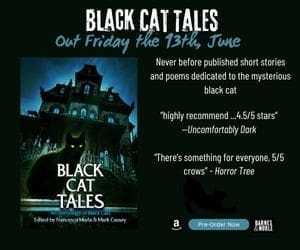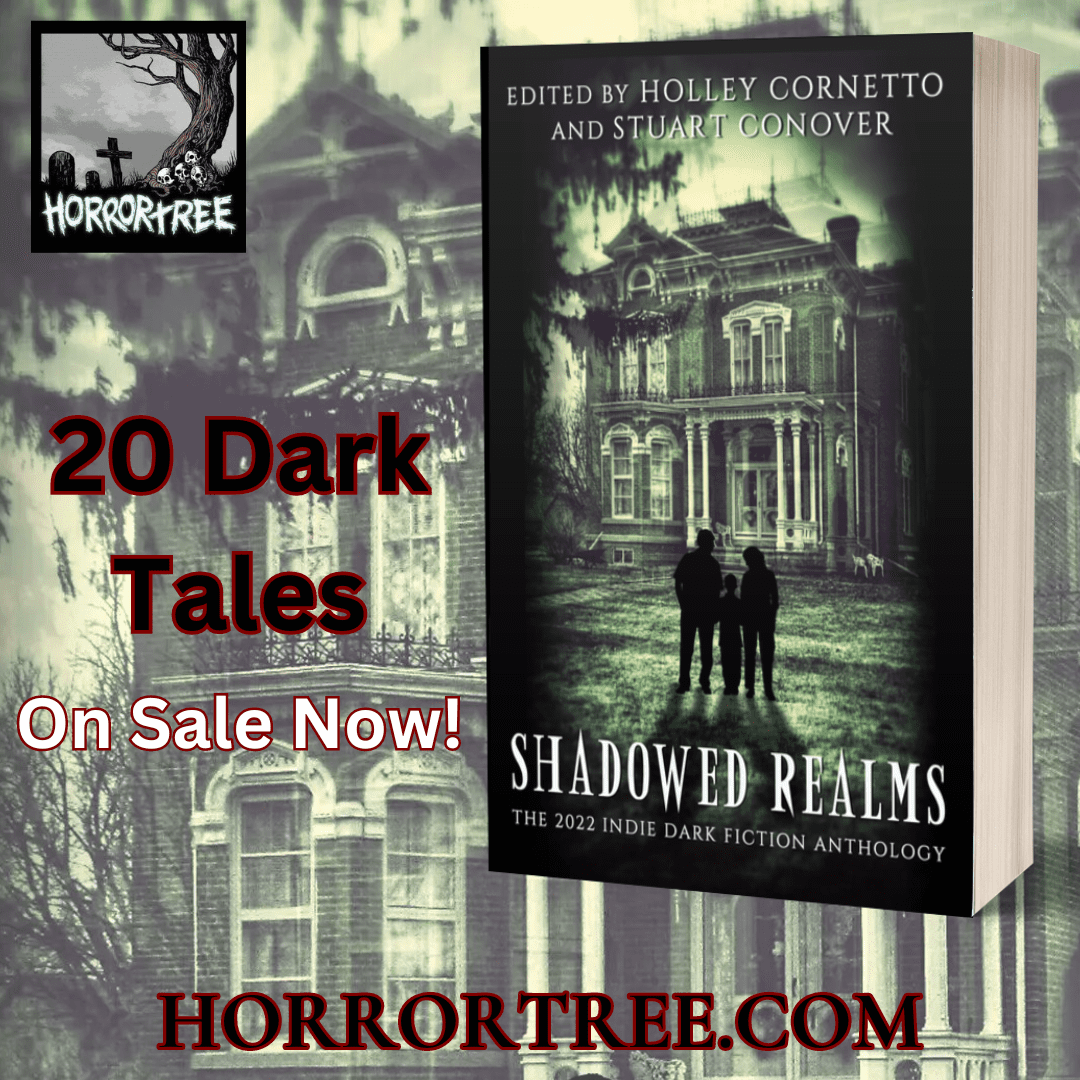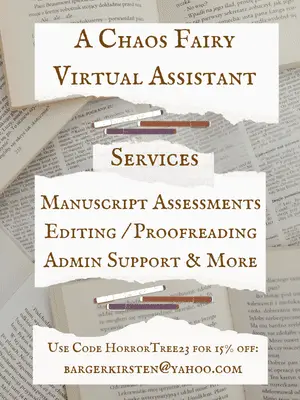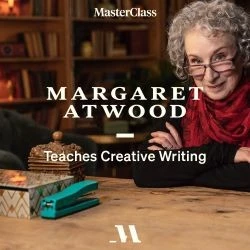Why You Can’t Write Fear Without Feeling It First
Why You Can’t Write Fear Without Feeling It First
by: J.M. Shaw
Every story requires a different creative mindset. I can’t write a sombre narrative if I’m feeling lighthearted and carefree, nor can I write a tranquil scene if I’m weighed down by inner turmoil. Creativity isn’t something that can be forced—it’s inextricably connected to one’s emotional state. If writing is a process powered by imagination, then one’s mood is the fuel that keeps the imaginative fire burning. And while our feelings can’t always be controlled, they can certainly be influenced.
Take, for example, watching a scary movie or getting lost in a suspenseful novel. There’s a thrill to it—a surge of fear and exhilaration. We sit on the edge of our seats, riding a wave of anticipation—dread, impatience, hope, and the occasional jolt of surprise. Those feelings don’t vanish when the screen fades to black or the book snaps shut. Instead, they stay with us, colouring our thoughts long after the story ends. The more viscerally charged the narrative, the longer it echoes within us.
This emotional echo is part of what makes a good horror, thriller, or dark fantasy so compelling—its effects lingering into the quiet hours of the night. That’s why I avoid watching anything too intense before bed. If I must indulge, I’ll scroll through something light and silly—puppy videos or comedy shorts—afterward to soothe my wired nerves. I suppose that’s why our parents warned us not to watch scary movies before bed. Not because they’re spoilsports, but because they understood how easily such content can imprint on the mind. As writers, we can use this phenomenon to our advantage. If emotion and environment influence what we create, then we can shape our surroundings to align with the tone we’re trying to evoke.
When I need to create a sense of fear or foreboding in my writing, I wait until the world around me quiets. After everyone has gone to bed, I slip away to a dimly lit room and settle in to write. The shadows wrap around me like a cloak, heightening my senses while the stillness sharpens my thoughts. In that space, I’m free to let my mind wander to places inaccessible in daylight. Night becomes my creative playground, and I need not restrain myself.
What emerges from those nocturnal writing sessions is always unpredictable. Sometimes I’ll write a scene so haunting and raw that I step away breathless, awestruck by the emotional storm it stirred within me. Other times, I’ll wonder what twisted corner of my mind spawned such dark thoughts.
Though we know we are safe, that fear remains because what we imagine is often more terrifying than anything the real world can produce. Not because it can hurt us, but because that darkness comes from within. After all, shadows vanish with the flick of a switch, but we can never escape the imaginary monsters that are part of us. These muses, while immaterial, are more vivid than anything we might encounter—thought-born figments capable of undoing us from within. This, I believe, is an author’s true power: the ability to tap into the reader’s primal fear by embracing our own terror and letting our imaginations loose. As writers, we are the spark that ignites the fire.
Ultimately, I’ve learned that creativity thrives on emotional honesty and vulnerability. The more I understand my own moods—how they shift, what triggers them, and how they shape my thoughts—the more authentically I’m able to write. I no longer need to fight so hard to stay productive. Instead, I prime my mind by tailoring my environment to suit my needs. And if I’m being honest, there’s something oddly satisfying about tapping into our inner darkness. It’s not about being morbid or melodramatic. It’s about exploring every facet of our creative psyche—the light along with the dark. There’s a thrill in creating something so powerful it shakes you to your core and disturbs your sense of calm. It reminds me that even in the darkest stories, we find a kind of release. And sometimes, in that shadowy space, we uncover the truth of what we’re really made of.













